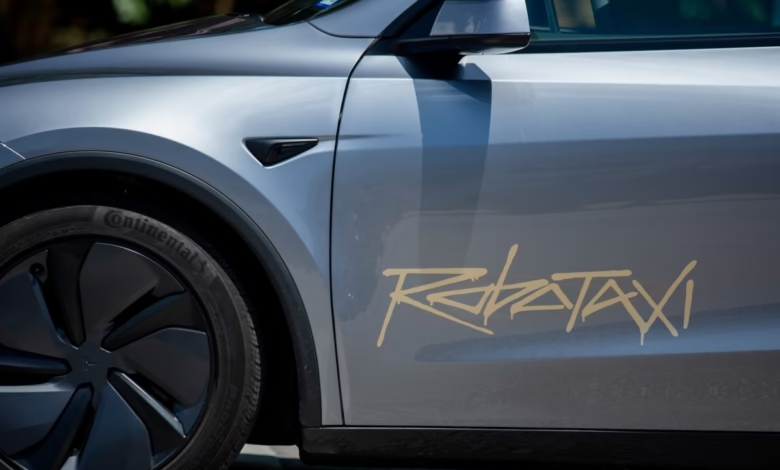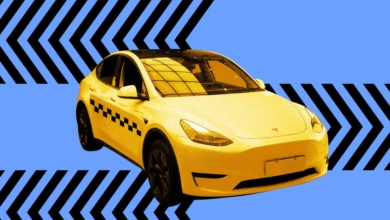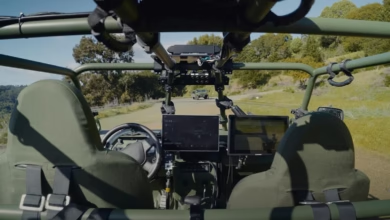Tesla Robotaxis Draw Scrutiny From Federal Safety Regulators

▼ Summary
– Federal safety regulators (NHTSA) contacted Tesla after videos showed its robotaxis violating traffic laws in Austin.
– NHTSA confirmed it is gathering information and will enforce safety laws, but does not pre-approve new vehicle technologies.
– Tesla launched paid robotaxi rides in Austin, marking the first real-world test of its autonomous vehicle technology.
– Tesla’s robotaxis use an unsupervised version of Full Self-Driving software, with a human safety monitor in the passenger seat.
– Videos revealed Tesla robotaxis speeding, swerving into the wrong lane, and braking abruptly near police vehicles.
Tesla’s robotaxi service has caught the attention of federal safety officials following reports of traffic violations during its initial rollout in Austin. The National Highway Traffic Safety Administration (NHTSA) confirmed it reached out to the automaker after videos surfaced showing the autonomous vehicles allegedly breaking traffic laws.
The agency stated it is gathering details about the incidents but emphasized its standard approach: manufacturers must certify their vehicles meet safety regulations, while NHTSA investigates potential defects after deployment. Unlike some regulatory bodies, the U.S. does not pre-approve emerging automotive technologies before they hit public roads.
Tesla launched its robotaxi pilot program over the weekend, offering rides to select customers in South Austin. While small in scale, the initiative marks a significant step for the company’s self-driving ambitions. Unlike the consumer-facing Full Self-Driving (FSD) software, which still requires driver supervision, these robotaxis operate without direct human control, though a safety monitor remains in the front seat.
Online footage has raised concerns, with clips showing the vehicles exceeding speed limits and veering into incorrect lanes. One notable incident involved abrupt braking near parked police cars, captured by industry observer Ed Niedermeyer. Though the reaction appeared unnecessary, Tesla has yet to clarify whether the system misinterpreted the stationary vehicles as hazards.
As scrutiny intensifies, the NHTSA’s inquiry could influence how Tesla refines its autonomous technology before expanding the service. For now, the company faces mounting pressure to demonstrate its robotaxis can navigate real-world conditions safely and legally.
(Source: TechCrunch)






